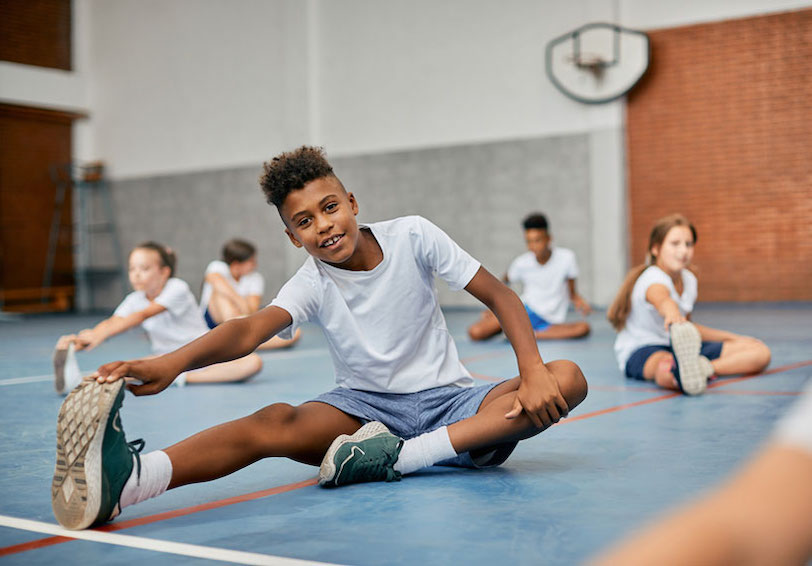A great way to keep your kids active and motivated, and to teach them valuable life skills, is for them to participate in organized sports. However, if you center their physical activity on training for sports (or focus on one sport throughout the year), it can have some negative effects.
Kids might seem more resilient to conditions such as overtraining syndrome (OTS)—which can have hormonal and mental signs and symptoms—but they’re still at risk. OTS might harm their long-term growth and development. The specific risk factors for kids to develop OTS aren’t well known, but many of the contributing factors are thought to be the same as for adults.
Risk factors for overtraining syndrome in children
- Training load is the amount your child trains for a sport. There isn’t a magic number for how much is too much, but training for many hours a day (every day) is a potential risk factor. It also plays a role in the long-term. Children who play only one sport year-round—called sport specialization—are at greater risk for OTS and injury than those who play multiple sports throughout the year. Even more so if they play one position (such as a baseball pitcher) in one sport.
- Developing a single identity around one sport is also a risk factor for OTS. Personal identities are developed through relationships and experiences. So, if you dedicate a major part of your child’s life and limit the relationships to the context of a single sport, it could contribute to their identity. When things such as self-esteem and self-worth depend on your child’s success in the sport, failure becomes more than “just a loss.” It’s a blow to your child’s identity.
Injury risk
Children and young teenagers who specialize in one sport are at a greater risk for injury than those who play multiple sports. Similarly, children who play multiple sports—but dedicate at least 8 months out of the year to one of them—or participate in their sport for more hours per week than their age (for example, a 15-year-old who plays the sport for more than 15 hours per week) are also at a greater risk for injury. Increased injury risk is especially present in technically complex sports or ones that use repetitive motions, such as baseball (see below) and volleyball.
Recommendations
To reduce the risk of overuse injury, OTS, and burnout, experts recommend the following.
- Emphasize well-rounded skill development over competition and winning. While competition and winning are important for a positive sense of achievement, if a child focuses just on that aspect, it can contribute to burnout.
- Early sport specialization—playing a single sport for at least 8 months per year—is unlikely to turn your child into an elite athlete, or even contribute to above-average athletic ability. Most professional and elite athletes didn’t specialize in a single sport until late in high school. Young kids who play multiple sports can develop a well-rounded athletic ability, avoid OTS, and reduce their injury risk.
- Higher levels of physical activity—either through team sports, or general play and activity—are linked to higher academic achievement.
- For baseball, limit the number of pitches children throw. For kids ages 9–14, limit the pitches to no more than 75 per game, 600 per season, and 2,000–3,000 per calendar year. Also, they shouldn’t be allowed to throw “breaking balls”—curveballs, changeups, or any other off-speed pitches. These pitches can put too much strain on kids’ elbows and shoulders.
- Children should participate in a variety of sports and activities, with a few months off from sport-specific training each year. Even if they’re not playing an organized sport, they can still be active.
